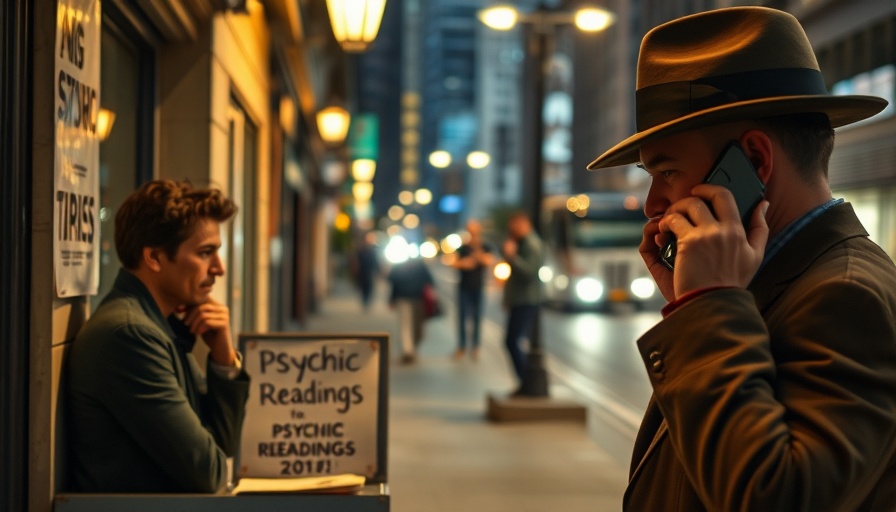
Fortune-Teller Arrest: A Cautionary Tale
In a dramatic turn of events, Pamela Ufie, a 29-year-old fortune-teller, was arrested in Midtown Manhattan for allegedly defrauding a woman out of $87,000 by promising to lift a so-called "generational curse" afflicting her son. This alarming case, facilitated by Bob Nygaard, a self-styled "psychic fraud" investigator, sheds light on the darker side of fortune-telling in New York City.
Pursuing Justice Across State Lines
Bob Nygaard, a retired Nassau County cop, is known for his tireless efforts to expose fraudulent fortune-tellers. After flying from Florida upon learning of Ufie’s activities near Bryant Park, Nygaard proactively sought to ensure that her operation was shut down. His commitment has led to legal actions against several fortune-tellers over the years, highlighting a unique intersection of consumer protection and law enforcement.
The Mechanics of Fraud in the Psychic World
Ufie’s strategy involved approaching vulnerable individuals and convincing them that large sums of money were necessary to conduct rituals designed to alleviate personal crises. The interactions often leave victims feeling manipulated and desperate, which raises important questions about the psychological tactics used by fraudsters in this space. These tactics are not unique to this case, as similar scams have been reported across different states.
Understanding the Legal Framework
Despite the popularity of fortune-telling in NYC, operating without proper disclosure or claiming supernatural abilities can lead to serious legal repercussions. New York law classifies misleading practices as a class B misdemeanor, though more severe charges, such as grand larceny, can follow if fraudulent activities involve significant monetary loss.
Lessons for Clients and Potential Victims
Individuals looking to consult psychic services should exercise caution. Legitimate practitioners often focus on providing guidance rather than soliciting large sums of money. It is crucial for clients to stay informed and aware of the potential risks involved in such interactions, urging them to trust their intuition and seek corroborative evidence before parting with their money.
As this case unfolds, it serves as a reminder for both clients and regulators. Vigilance against fraud and awareness of the unique tactics employed by practitioners in the psychic realm can empower individuals and protect them from financial and emotional harm.
 Add Row
Add Row  Add Element
Add Element 



Write A Comment